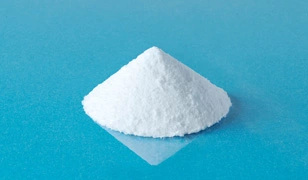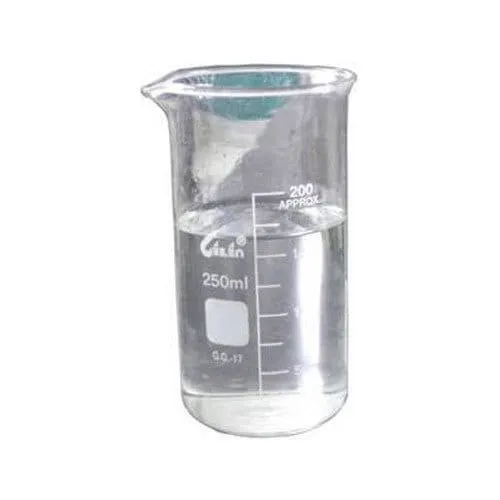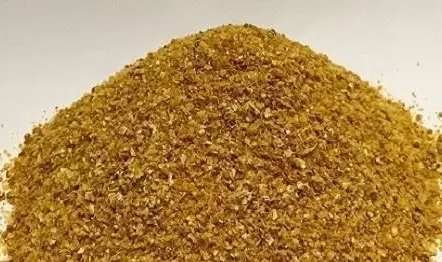Formic Acid Feed Grade
|
IUPAC Name |
: Formic acid |
|
Cas Number |
: 64-18-6 |
|
HS Code |
: 29151100 |
|
Formula |
: CH |
Basic Info
|
Appearance Name |
: Clear Colorless Liquid |
|
Common Names |
: Methanoic Acid, Formylic Acid, Hydrogen Carboxylic Acid, Aminic Acid |
|
Packaging |
: 1000 @ 25 kg PE Jerry cans, 25 MT / 20FCL |




---china.webp)

